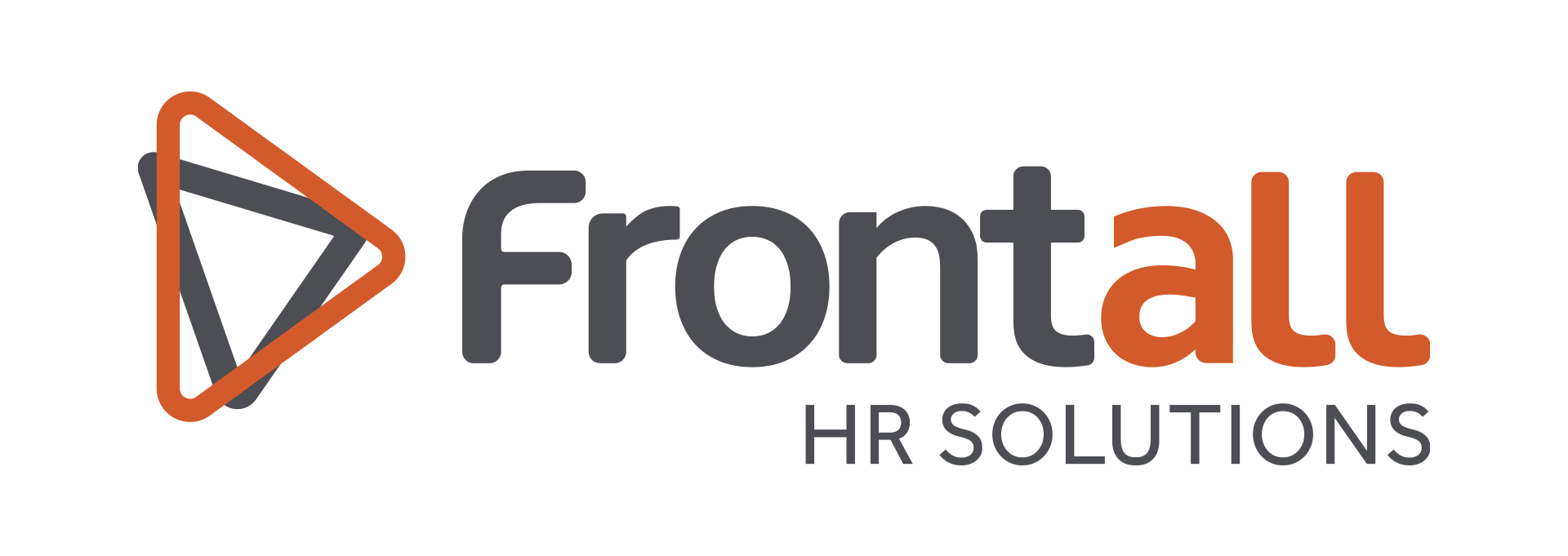Six Sigma: A Method That Helps Process and Organization Improvements
Used internationally, Six Sigma aims to improve the performance of processes, products or services, always customer oriented and working preventively to obtain a better level of quality and a lower level of deviations, as the very name of the methodology suggests.
Sigma is a Greek letter representing standard deviation. In the methodology is considered 1-sigma the lowest level, where we find large amounts of nonconformities and 6-sigma the highest level of excellence – the “Six Sigma”, where we have a result of the application of 3.4 / per million or less out of specification.
Six Sigma proposes a five-phase procedure called DMAIC, where:
D – Define
M – Measure
A – Analyze
I – Increment
C – Control
To better understand how to apply DMAIC, we will briefly explain each of the points.
Define – This is the time when the project and team are defined to initiate improvements. To start the project, the team needs to understand what the points of importance to the customer are, in order to determine what the final performance should be.
Measure – At this stage the scope of the problem is defined and based on data collection. The process performance is measured by analyzing all its steps.
Analyze – Data is analyzed to define the causes and factors that influence the process performance. Root cause analysis is performed.
Incrementing – This is the phase where we must develop solutions to address the causes analyzed in the previous phase, in order to reduce and vary the process.
Control – To ensure the efficiency and sustainability of the proposed actions, it is necessary to implement controls and procedures, assuring the performance is always high.
In each phase of the project, various tools and techniques are used, such as: SIPOC diagram, Current (AS IS) and Future (TO BE) Process mapping, FMEA, Pareto, Histogram, Process capability, among others.
To identify levels of experience in Six Sigma, we used martial arts classification:
White Belt: Six Sigma Basics;
Yellow Belt: Has knowledge of DMAIC phases and simple process tools such as: concept of variation, process mapping, brainstorming and root cause analysis;
Green Belt: In addition to knowledge of previous levels, they already have the ability to perform data analysis using statistics;
Black Belt: They are Six Sigma specialists, leading and executing more complex projects, using statistical analysis and tools of the most advanced qualities.
Master Black Belt: Act as instructors in Six Sigma.
Frontall uses Six Sigma not only to ensure quality of service, but it is also a tool to help measure customer expectations, analyze causes that influence performance, and identify solutions to correct implemented practices that did not perform as expected.
know the builder.”




